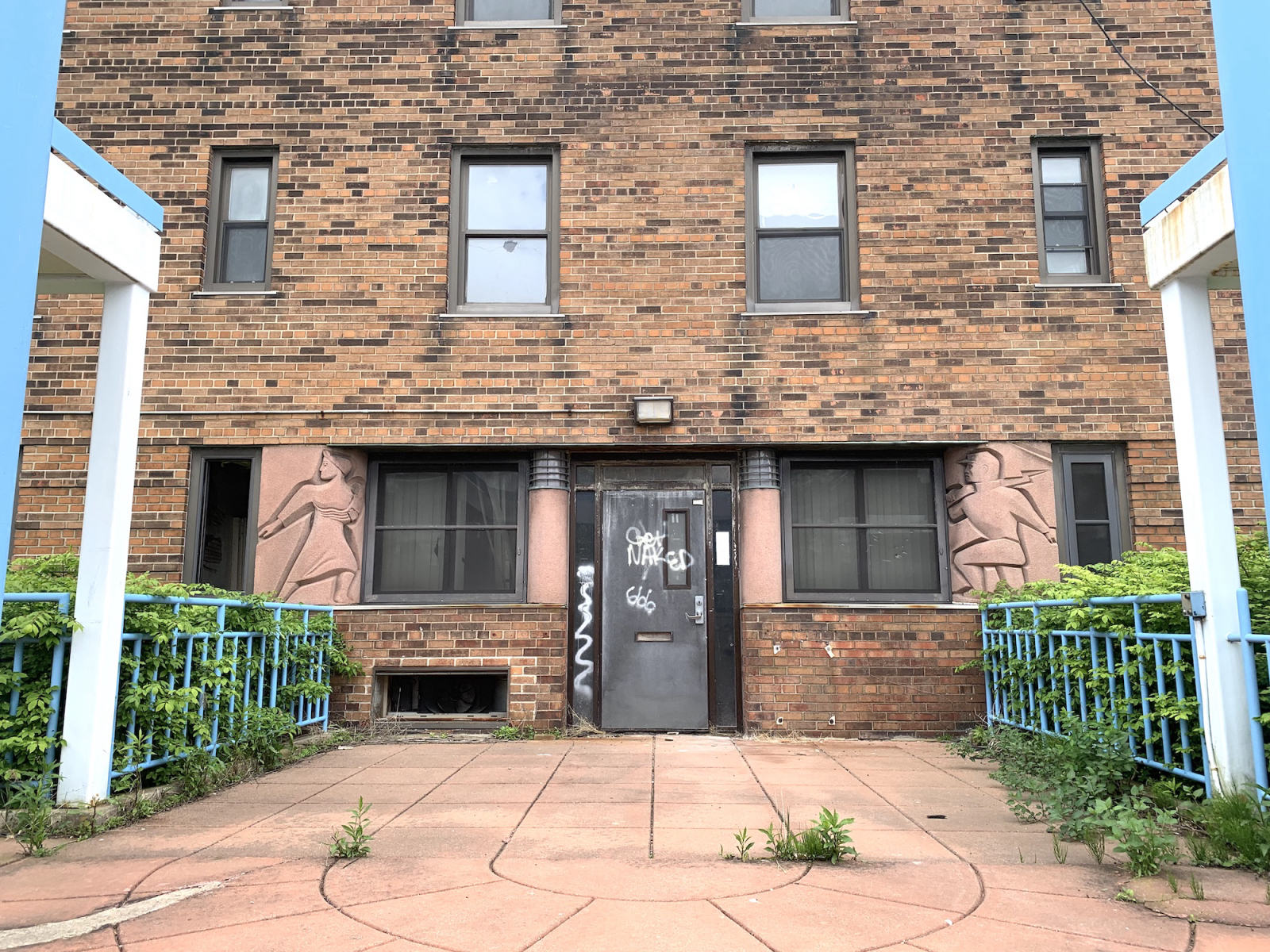Background
Willert Park Courts is significant culturally, historically, socially and architecturally as the first housing complex for African Americans in Buffalo and as an early International Style design. Funded by the Federal Housing authority, the complex was designed by local architect Frederick C. Backus and completed in 1939, with more units added in 1942 and 1944.
From a 2017 Docomomo US/New York Tri-State news article:
"The complex’s design and layout was novel for the period: spare, low-rise brick structures arranged around a central courtyard and cushioned with ample green space. Through the Federal Arts Program, artists Robert Cronbach and Harold Ambellan created bas relief concrete panels on the theme of working class life for the entrances of each building. Willert Park Courts was among eight Buffalo buildings included in MoMA’s 1940 Guide to Modern Architecture of the Northeast States. The project manager of the development was Alfred D. Price, the only black senior district manager in the Buffalo Housing Authority. Price oversaw the neighborhood from its initial construction to his death in 1968. The following year Willert Park was renamed the Alfred D. Price Courts in his honor."
The project is a testament to racist housing policies of the time and the fight against them. For years the Buffalo Urban League fought to allow Black residents to live in BMHA constructed housing, but they were continuously shut out. Finally, BMHA conceded by constructing the racially segregated Willert Park Courts, which still amounted to many fewer units than had been built for whites.




